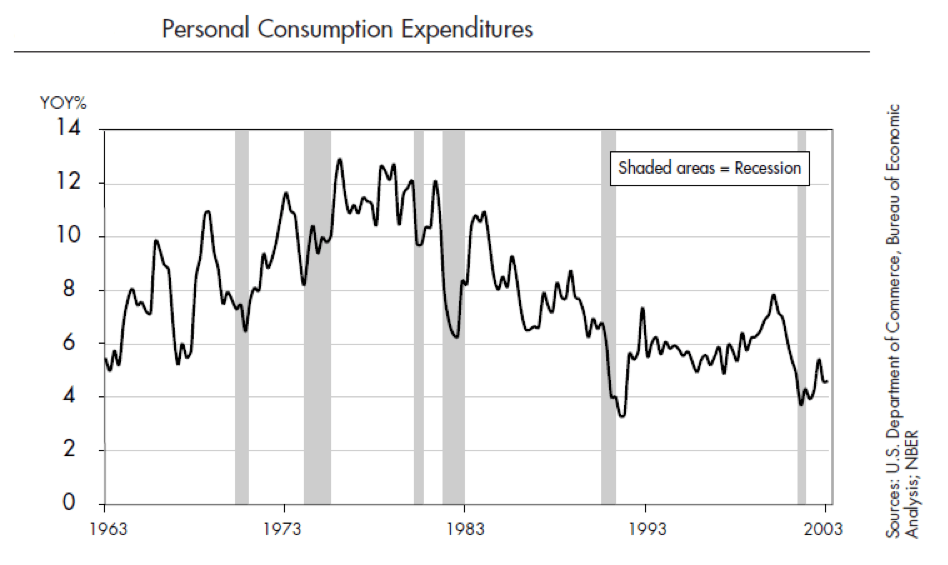The GDP release remains the broadest and most comprehensive indicator available to assess a country’s economic condition. The Gross Domestic Product represents the sum of the market value of all finished goods and services during a specific period of time (usually one year), produced inside a country, regardless of the ownership of the resources. For example, all cars produced by Ford in Germany, are included in the German GDP, while all cars produced by Mercedes-Benz in Mexico, are included in the Mexican GDP.
The U.S. GDP is reported quarterly by the Bureau of Economic Analysis, and contains data on personal income and consumption expenditures, corporate profits, national income and inflation.
The number that traders watch the most, is the annualized growth rate of the GDP, reported quarterly. A growth rate higher than the forecast, means the economy is performing well and has a positive impact on the currency. A growth rate that didn’t meet the expectations, has a negative impact on the currency.
How to Trade the GDP Report
Being a quarterly release, most of the movements in the GDP are already anticipated by the market. GDP, as the most comprehensive indicator, is usually forecasted by some other indicators and priced into the market. There are 3 versions of GDP released a month apart – Advance, Preliminary, and Final. The Advance release is the earliest and thus tends to have the most impact on the currency market.
Final GDP releases usually don’t have a big impact on the market. The reasons for this are primary the frequency of the reports – GDP reports are released quarterly. Other indicator already give an insight into what the GDP growth might be. These are so called “leading” indicators, like stock indices, retail sales, housing starts and money supply. These indicators anticipate the future state of the economy, and the final GDP report is therefore already priced in the market before the release. That being said, the advance GDP report, which is released approximately 2 months before the final release, has the most impact on the currency market. Personal consumption expenditures are the largest component of GDP, accounting for roughly two-thirds of total economic output.

The GDP consists mostly of personal consumption and retail sales
As the chart in FIGURE 2 shows, pronounced declines in the year-over-year growth in consumer expenditures have preceded each of the six recessions in the United States since 1963. Traditionally, the first retrenchment occurs in purchases of big-ticket items, such as durable goods. So it is in that portion of consumer spending where you’ll find early warnings of economic downturns, and adequately anticipate the impact on the foreign exchange market.

The GDP reports are the benchmark of economic activity, and traders use other indicators to anticipate movements in GDP. In other words, the level of GDP is usually the variable that other indicators attempt to forecast or emulate. GDP is also released on a quarterly basis, and the economic associations and relationships it points to aren’t as predictive as those expressed on a monthly or weekly basis.